Singh-Ray Galen Rowell Graduated ND 4G SS 75x90mm
The Benefits of Galen Rowell’sGraduated Neutral Density Filter

The more critical and professional the photographer, the more important and profitable it is to use the four Singh-Ray Graduated ND Filters. Designed and endorsed by Galen Rowell, these filters are widely used by other leading nature photographers for superior performance.
Singh-Ray grads are totally color-neutral to avoid color bias, even with Velvia and other super-saturated transparency films. In standard 84mm width to mount easily in a Cokin “P” holder, they are a generous 120mm high to allow you to position the zone of gradation exactly where you want it, even with wide angle lenses. (Most other slot-mounted filters are too short to handle horizons positioned near the top or bottom of your photo.)
Singh-Ray Graduated ND Filters are available in two “soft-step” and two “hard-step” models. The soft-step models are suited for scenes with no distinct boundary between light and dark zones. The hard-step models are preferred for scenes where sky and foreground areas are distinctly separated, usually at the horizon. Both the soft and hard types are offered in two- or three-step density gradations.
The use of graduated ND filters is explained in the instruction sheet provided by Singh-Ray. When held up to the scene, you can easily see where these filters shift across their field from clear to neutral density. When mounted on your camera’s lens, however, it’s less obvious how to position the filter to deliver the expected exposure control at the right place within your transparency. When looking through the viewfinder, you won’t clearly see where the density shift will be on the exposed image — until you make use of your camera’s depth-of-field preview control to close down the lens aperture. It’s often helpful to view the changing effect in your viewfinder as you close down the aperture step by step.
It’s easy to meter the foreground and set the exposure (manual mode) for the scene before sliding the filter into position. Then while the preview control holds the lens aperture in the close-down position, move the ND Grad up or down to position the ND graduation effect where you want it (you may need to turn your filter holder slightly to match your horizon line, too). As you move the filter, the graduation will become much more apparent.
Despite the higher cost of the custom hand-crafted Singh-Ray Graduated ND Filters, they are your best investment for professional results on this type of shot.
Each Graduated ND Filter includes a protective padded and lined optical pouch.


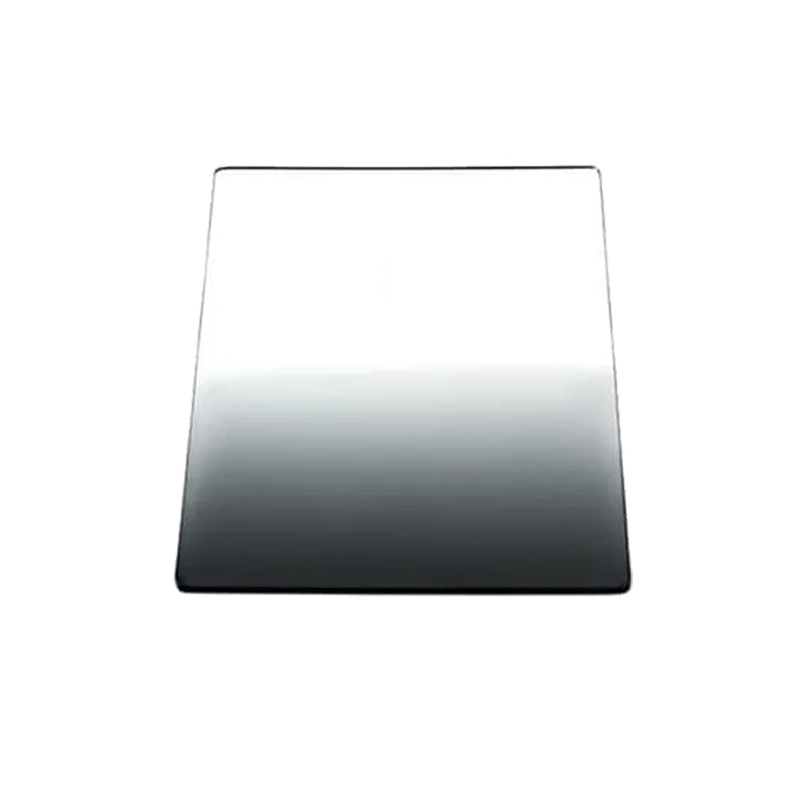










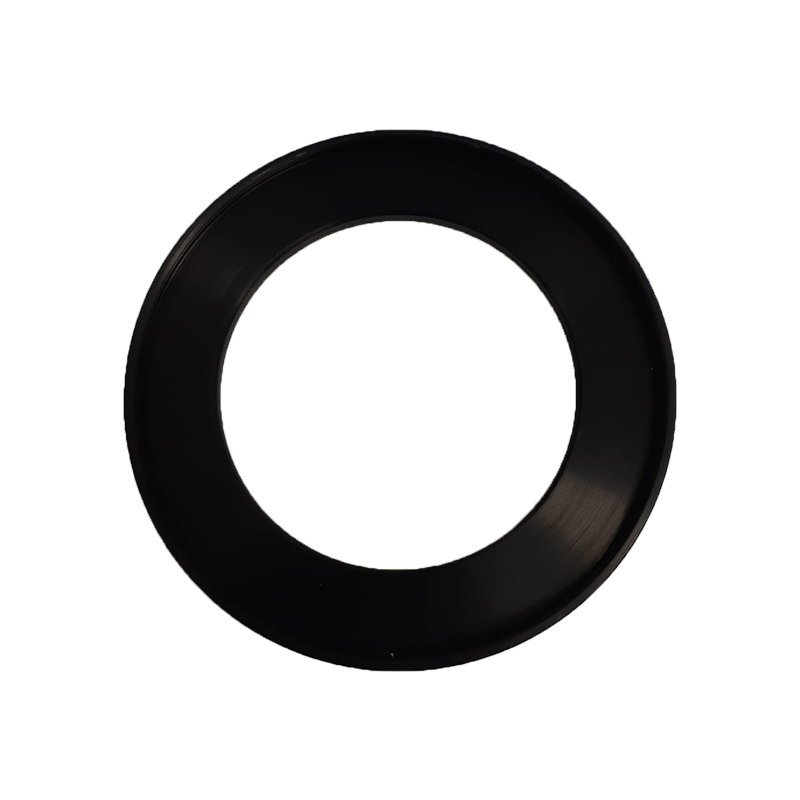
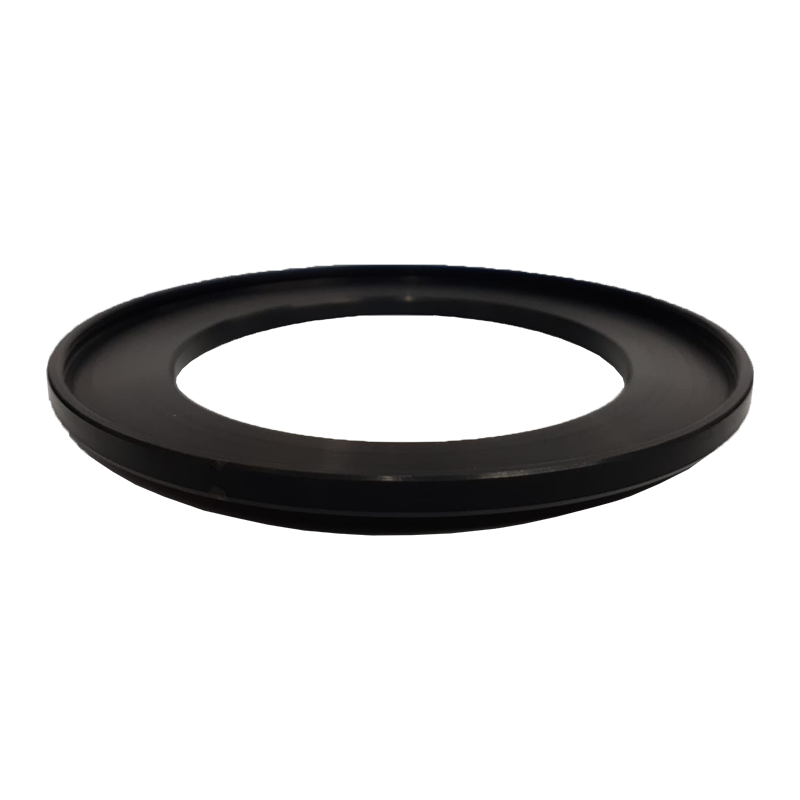

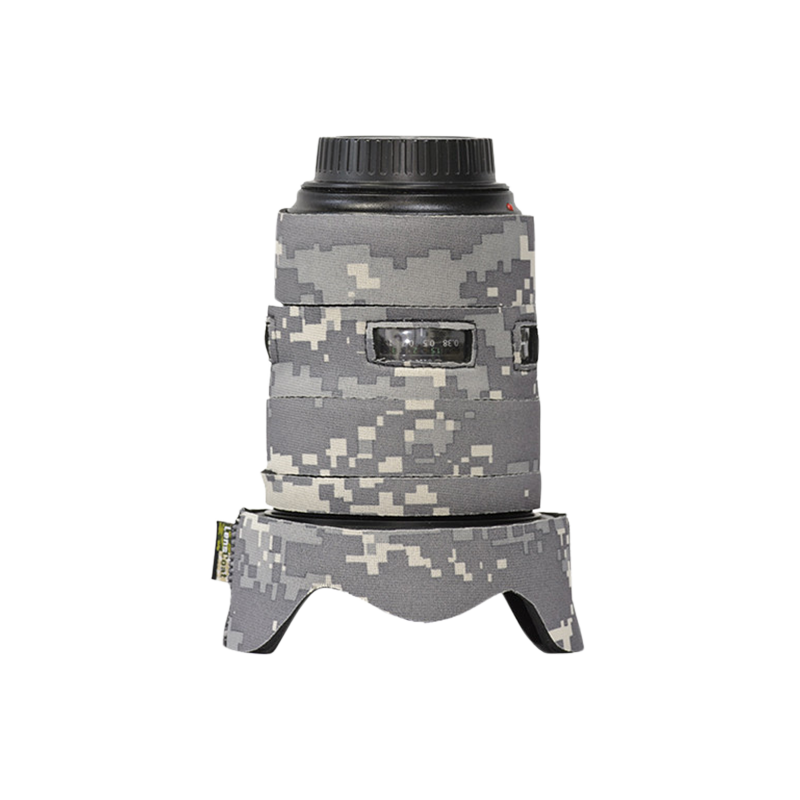
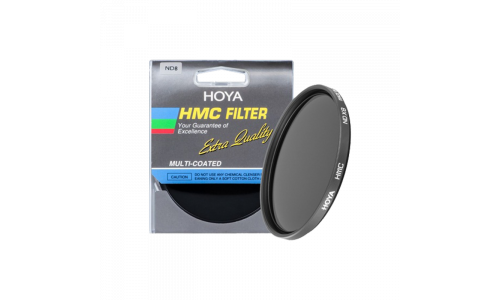

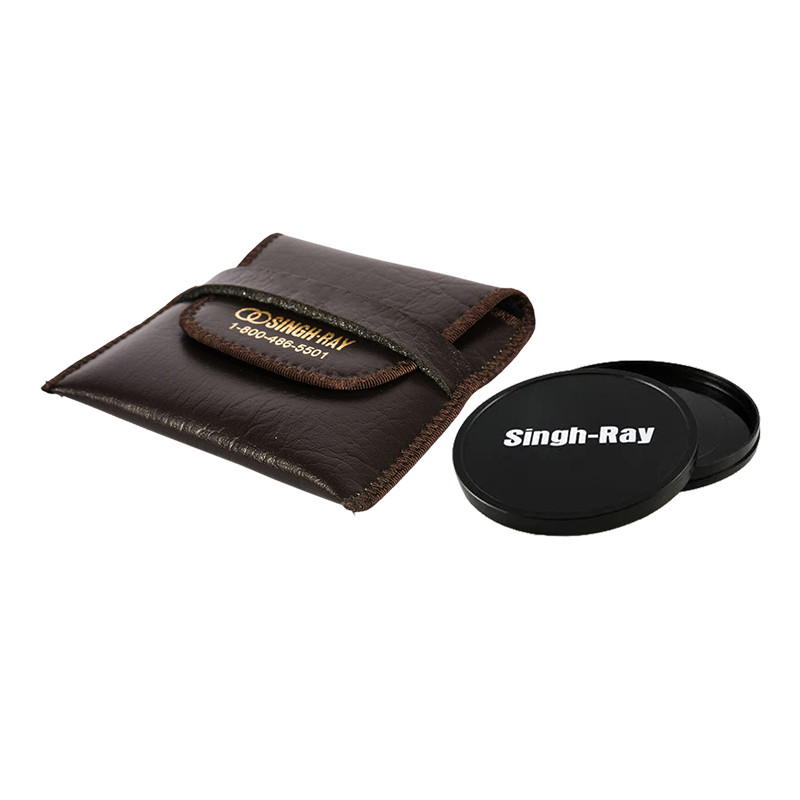

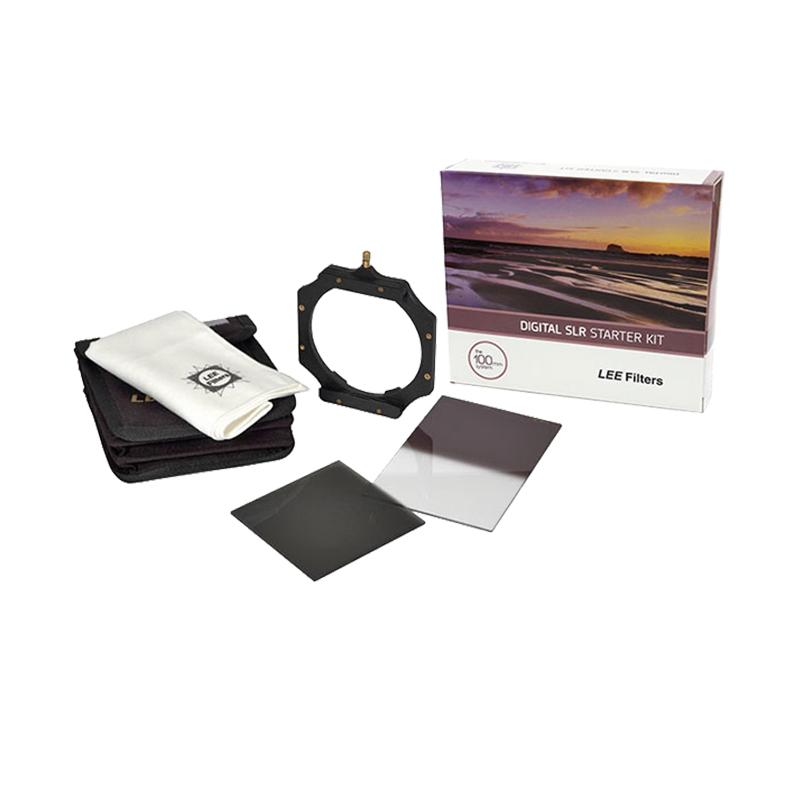

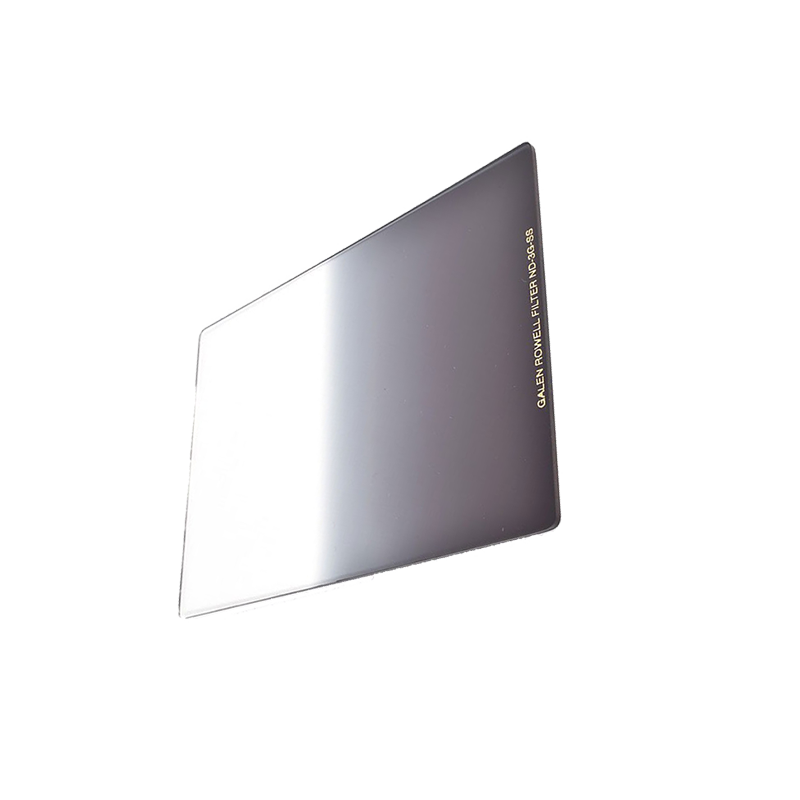

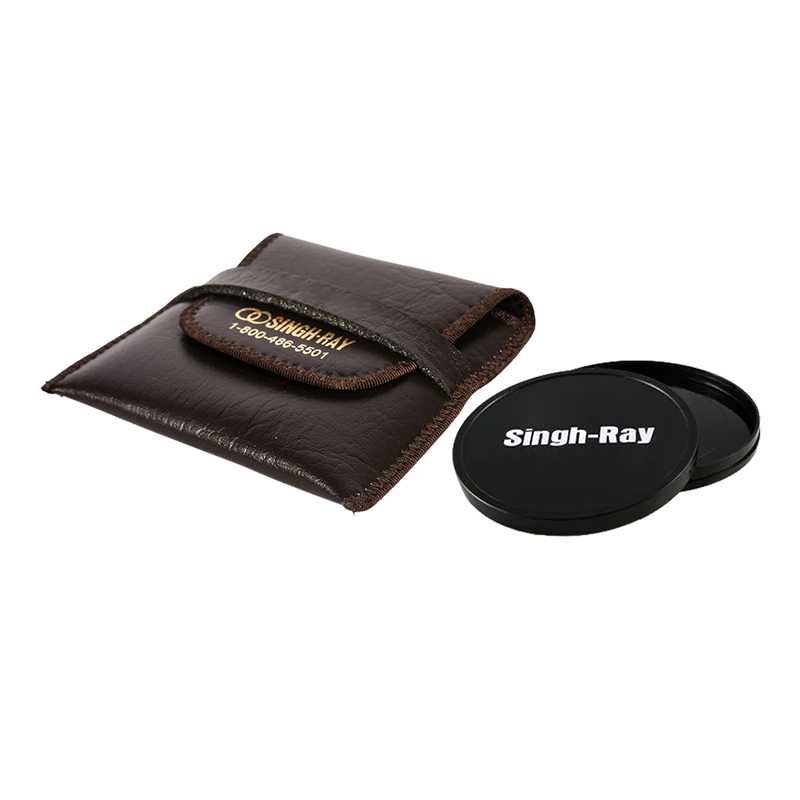
_D1.png)
_D2.png)


_D1.png)
_D2.png)